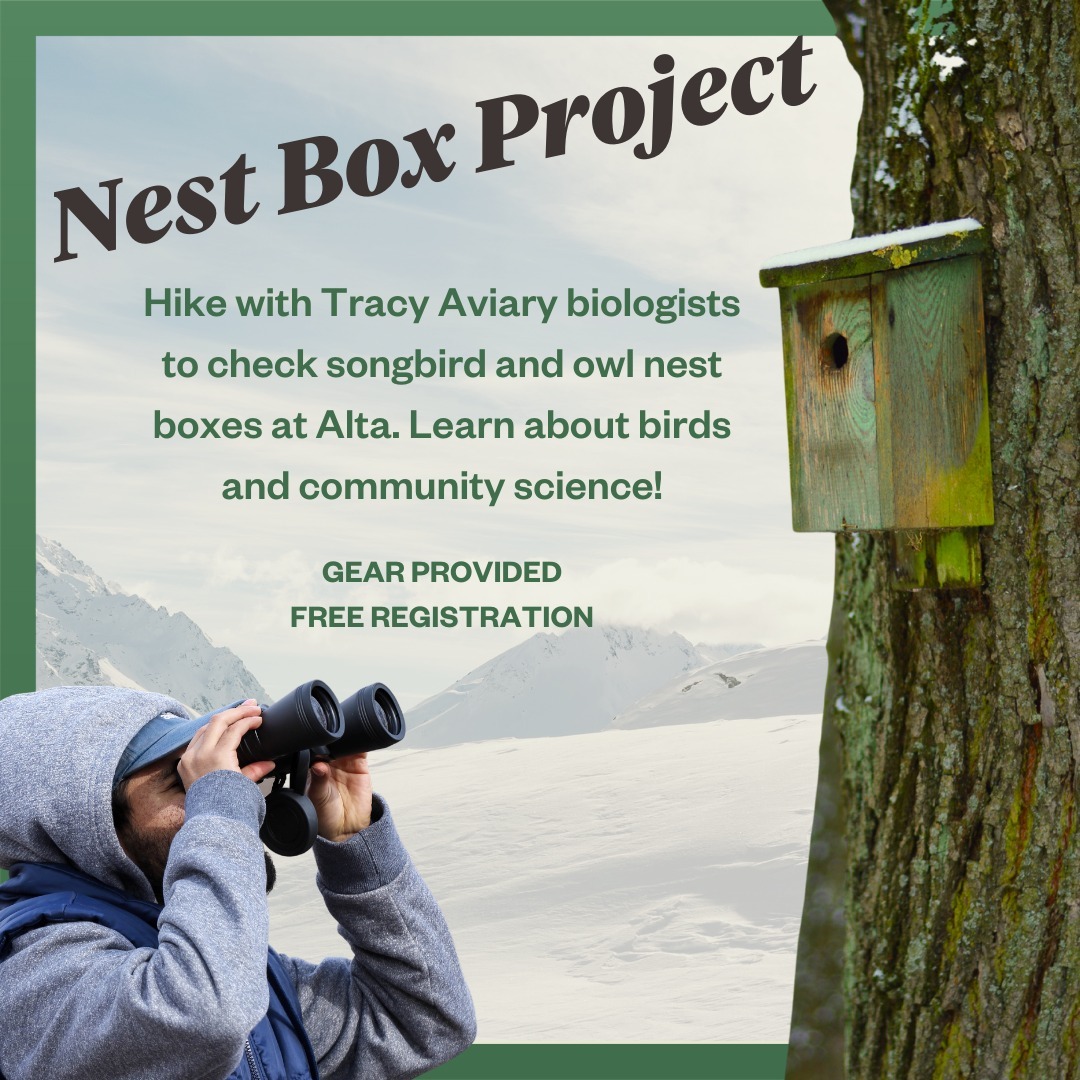– The importance of conservation science programs in wildlife management and protection
– The role of nest box surveys in studying and protecting bird populations in winter sports areas
– The unique experience and benefits of volunteering for conservation initiatives at Alta Ski Area
– How citizen science contributes to larger scientific efforts and biodiversity preservation
Conservation science programs are critical to maintaining the health and diversity of ecosystems worldwide. These initiatives are essential for gathering data, understanding wildlife needs, and implementing management strategies that protect natural habitats and the species that reside within them. An excellent example of such a program is the nest box survey at Alta Ski Area, offering a blend of research and practical conservation efforts.
Conducting nest box surveys is a meticulous field exercise pivotal for monitoring bird populations, particularly cavity-nesting species. By providing artificial nesting sites, researchers can study bird breeding behavior, population dynamics, and species distribution, which are vital for informed conservation planning. These surveys ensure that recreational activities and wildlife coexist sustainably in winter sports areas like the Alta Ski Area.
Volunteering for conservation initiatives not only aids scientific research but also enriches the individual’s understanding and appreciation of nature. Participants gain firsthand experience in fieldwork, learn about local fauna and flora, and connect with like-minded individuals passionate about preserving our planet’s biodiversity. Volunteering at Alta Ski Area is a unique opportunity that combines learning with practical action in an iconic natural setting.
Citizen science is a powerful tool enabling individuals to participate actively in scientific research. In contributing to conservation science programs, volunteers extend the capacity of professional researchers, covering larger areas and collecting more data than would be possible otherwise. This collaborative effort is crucial for building comprehensive datasets that inform robust wildlife management policies and enhance our understanding of ecosystem health.
Snowshoeing for science in the Alta Ski Area exemplifies how winter recreational environments can serve as valuable research venues. Through the installation and monitoring of nest boxes, volunteers help gather essential data points that shed light on nesting preferences, success rates, and the impact of environmental changes on bird populations. Snowshoes provide much-needed access to these areas during the snow-covered months, allowing for the uninterrupted continuation of longitudinal studies critical to tracking trends and identifying threats to avian species.
The nest box survey program requires a systematic approach. Volunteers follow protocols to carefully check each box for occupancy, identify the species using it, and record any notable behaviors or conditions. Data collected from these surveys is then analyzed to determine the health and stability of bird populations in the Alta Ski Area. It also aids in assessing habitat quality and informs decisions on habitat management and conservation strategies for the region.
Volunteering with the conservation science program is not just a contribution to present-day research; it is an investment in the future of biodiversity. Individuals who engage in such activities support long-term wildlife conservation projects and help raise awareness about the significance of preserving our natural heritage. It fosters a sense of stewardship and responsibility—a recognition that our actions today shape the environmental legacy we leave for generations to come.
Moreover, this volunteer opportunity at Alta Ski Area serves as an educational platform, expanding public knowledge on the science of ecology and wildlife management. Participants can learn about the challenges faced in balancing human activity with environmental conservation in delicate ecosystems and gain insights into the practical aspects of field research and data collection. Furthermore, the findings from these nest box surveys contribute to larger scientific endeavors, shaping regional and national policies that promote sustainable wildlife conservation.
Volunteering with the snowshoe-based nest box survey in the Alta Ski Area is a significant act of citizen science. It demonstrates how individuals can participate in vital ecological research and support the continued protection of bird species amidst the pressures of expanding human endeavors. Through snowshoeing in the name of science, volunteers become part of a larger collective effort to understand and safeguard our natural world. The lessons learned and data gathered here echo far beyond the boundaries of the Alta Ski Area, feeding into a global discourse on the best practices for coexistence between humanity and the environment.
*****
Source Description
Snowshoe in the name of science! Volunteer with our Conservation Science Program this spring to conduct nest box surveys in the Alta Ski Area. Learn more & sign up by clicking the link in our bio.

